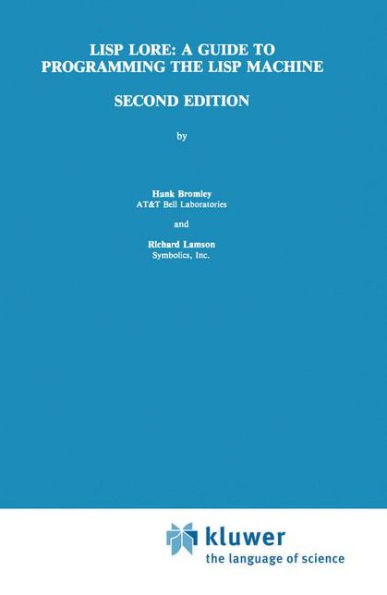5
1
9780898382280


LISP Lore: A Guide to Programming the LISP Machine / Edition 2 available in Hardcover

LISP Lore: A Guide to Programming the LISP Machine / Edition 2
- ISBN-10:
- 0898382289
- ISBN-13:
- 9780898382280
- Pub. Date:
- 06/30/1987
- Publisher:
- Springer US
- ISBN-10:
- 0898382289
- ISBN-13:
- 9780898382280
- Pub. Date:
- 06/30/1987
- Publisher:
- Springer US
219.99
In Stock

Product Details
| ISBN-13: | 9780898382280 |
|---|---|
| Publisher: | Springer US |
| Publication date: | 06/30/1987 |
| Series: | Guide to Programming the LISP Machine |
| Edition description: | 2nd ed. 1987 |
| Pages: | 338 |
| Product dimensions: | 6.10(w) x 9.25(h) x 0.36(d) |
From the B&N Reads Blog
